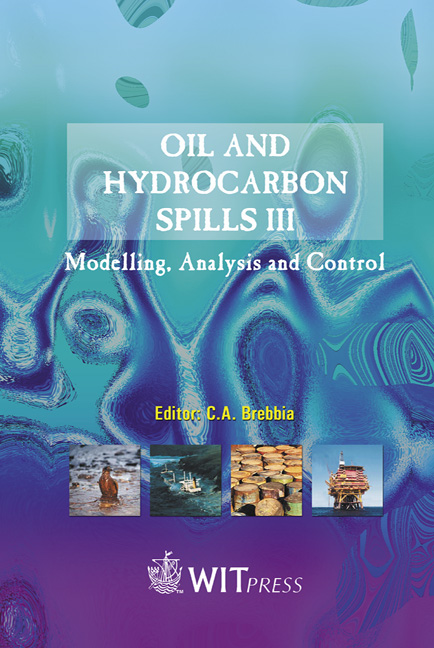Field Scale Bioremediation Of Tar Contaminated Soil With Commercial Mushroom Pleurotus Ostreatus Refuse
Price
Free (open access)
Transaction
Volume
59
Pages
Published
2002
Size
483 kb
Paper DOI
10.2495/OIL020211
Copyright
WIT Press
Author(s)
H. Hestbjerg, P. Arentsen Willumsen, M. Christensen, O. Andersen & C. S. Jacobsen
Abstract
Field scale bioremediation of tar contaminated soil with commercial mushroom Pleurotus ostreatus refuse H. Hestbjerg1, P. Arentsen Willumsen2, M. Christensen3, O, Andersen3 & C. S. Jacobsen4 1 Danish Institute of Agricultural Sciences, Research Centre Foulum, Tjele, Denmark, 2 National Environmental Research Institute, Department of Microbial Ecology & Biotechnology, Roskilde, Denmark, 3 Roskilde University Department of Life Sciences and Chemistry, Roskilde, Denmark, 4 Geological Survey of Denmark and Greenland, Department of Geochemistry, Copenhagen, Denmark. Abstract Pollution of soils with polycyclic aromatic and heteroaromatic compounds (PACs) from various uses of oil products has important economic and toxicological implications for the polluted areas. The larger PACs are quite refractory to microbial degradation. Due to the ability of the fungal ligninolytic enzyme systems to also degrade a range of environmental pollutants, e.g. PACs, white rot fungi have been studies in laboratory experiments as candidates for bioremediation purposes. The present communication describes effects of white rot fungus Pleurotus ostreatus on polycyclic aromatic compounds (PACs) degradation in a field scale experiment with authentic polluted soils from a former shipyard or an old asphalt and tar factory. Both soils were set up in triplicate in concrete cylinders (height: 50 cm, diameter: 60 cm) for 3 treatments: Control, mixed with autoclaved sawdust medium, or mixed with P. ostreatus refuse from commercial production of fruit bodies, Samples taken after 0, 1,2,5,9, 16,26, and46 weeks were analysed for P. ostreatus activity as laccase activity, phenanthrene- and pyrene-degrading bacteria were enumerated, and 2 1 different PACs were quantified by GC-MS. In the Coal tar soil, P. ostreatus refuse enhanced PACs degradation. Laccase activity was significantly higher than in the Shipyard soil, and the numbers of pyrene-degrading bacteria were higher. P. oweatus refuse has a potential for bioremediation purposes.
Keywords





